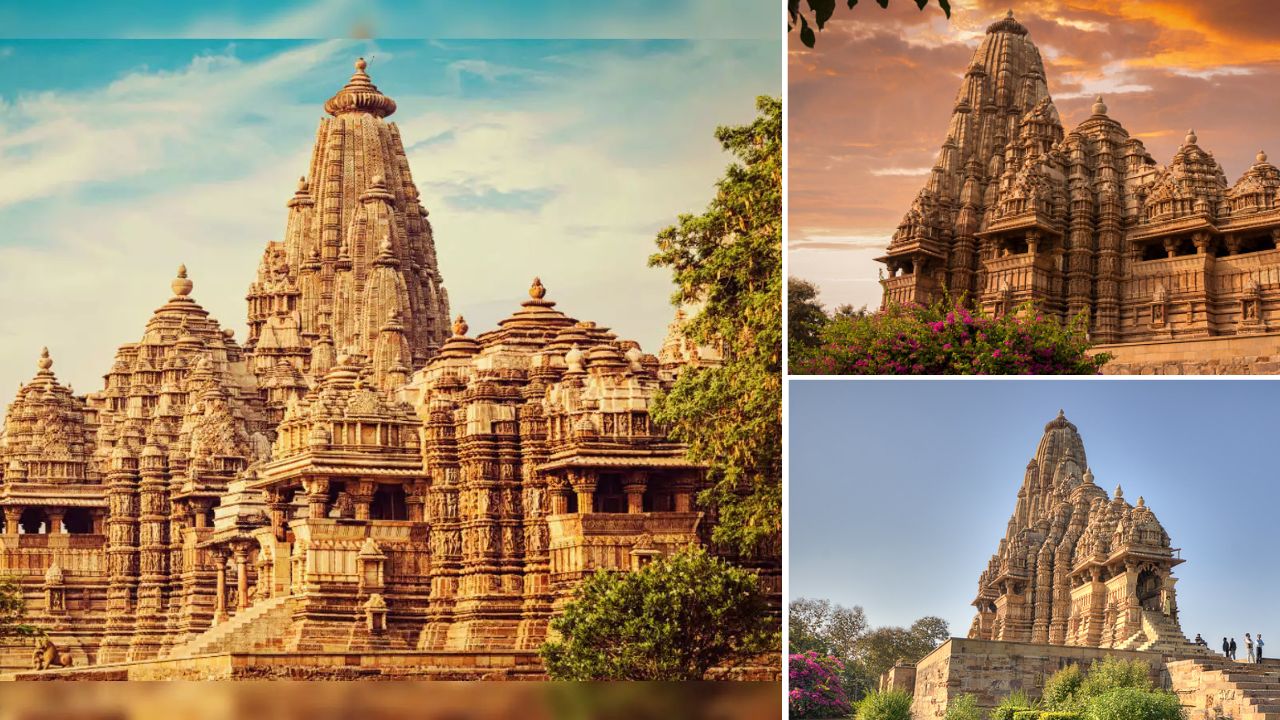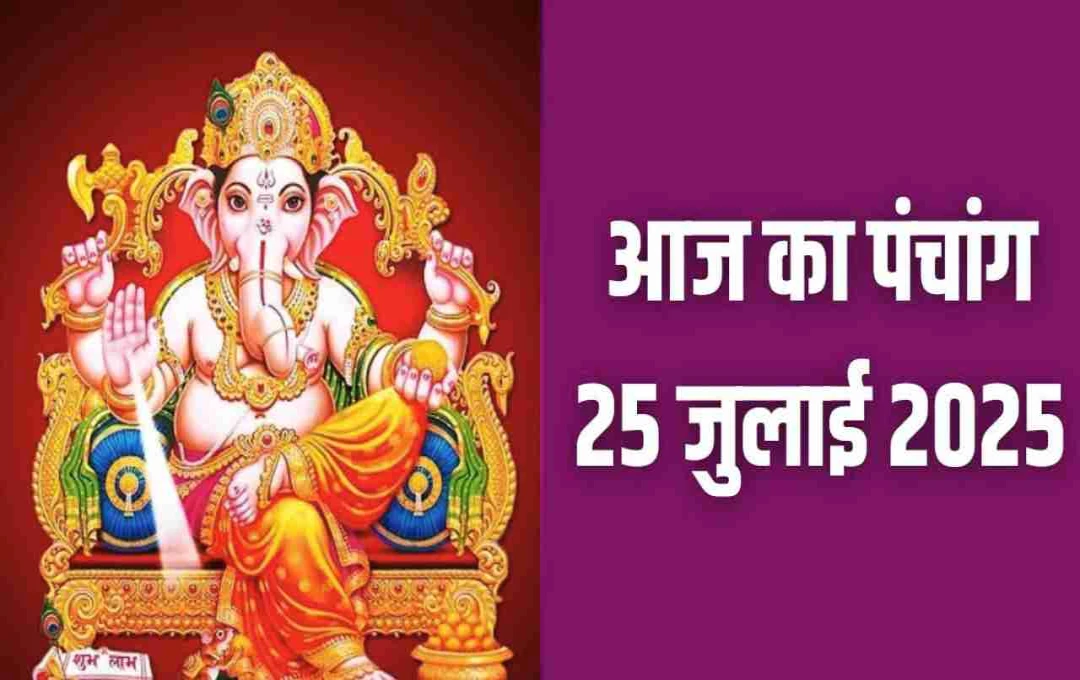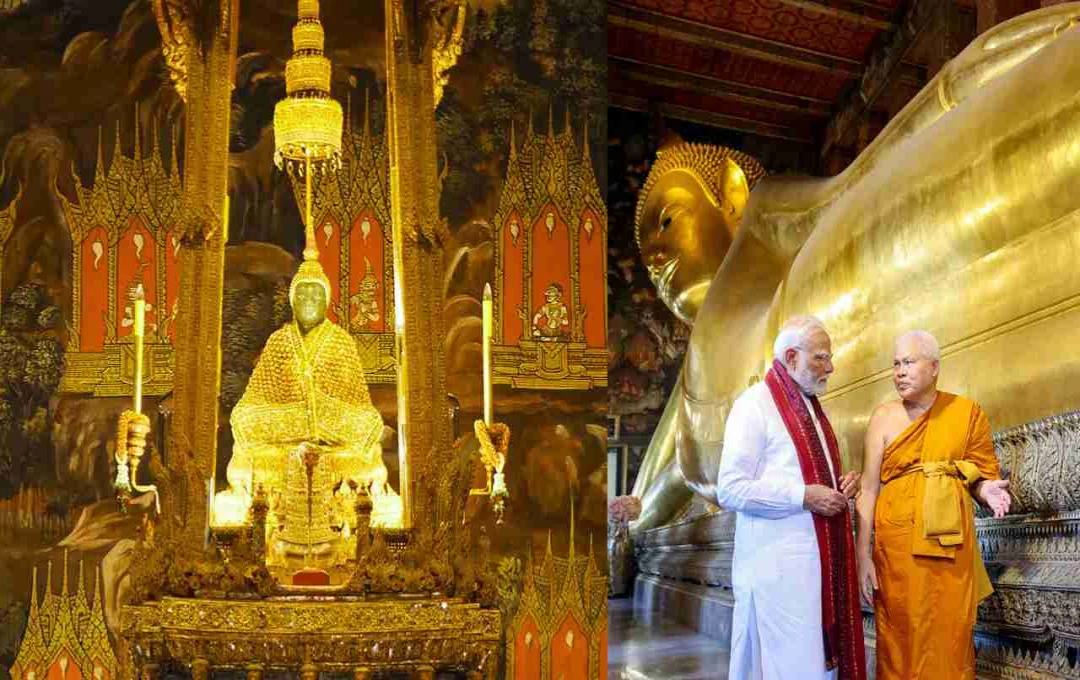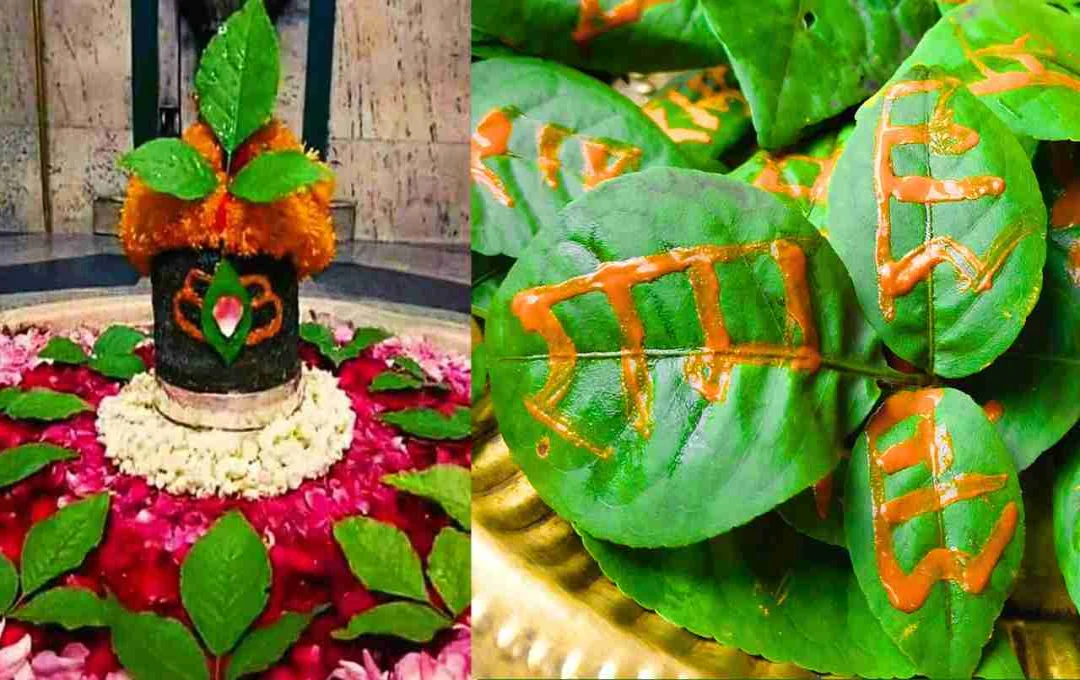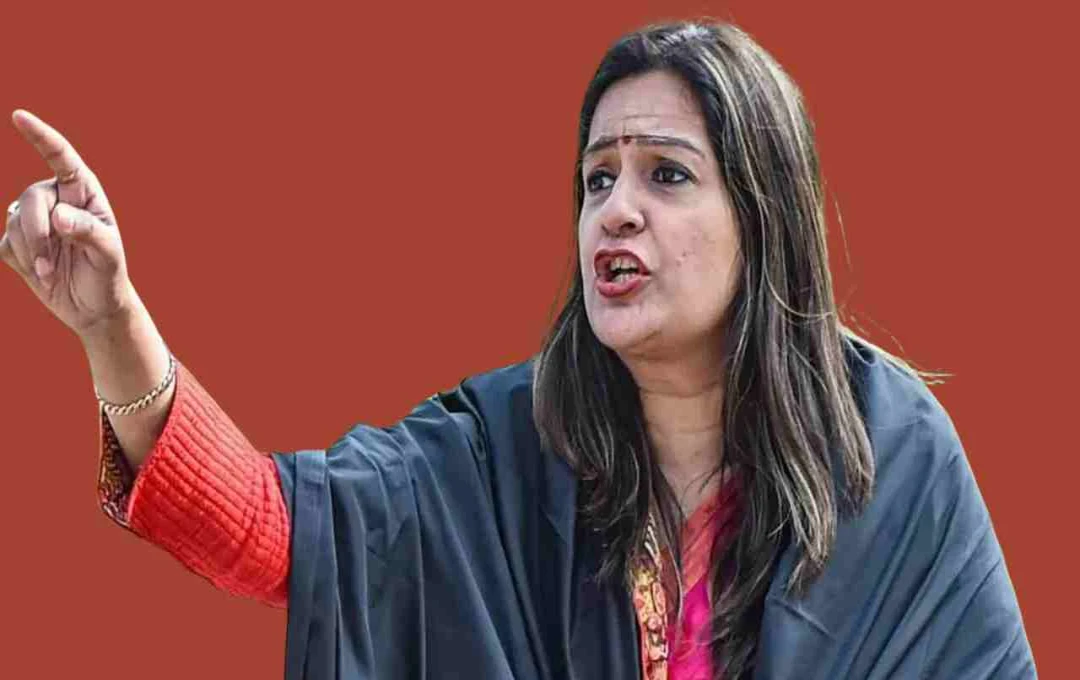The Complete History of Somnath Temple and Interesting Facts
India is a land of pilgrimage, with numerous sacred sites holding profound religious significance and deeply rooted in the faith of millions. One such site is the Somnath Temple, situated near Prabhas Patan in the Veraval port of Gujarat. This temple is among the prominent pilgrimage destinations in Hinduism.
The famous temple stands at a location where the land meets the sea between Antarctica and the Somnath Sea. It is considered the first of the twelve Jyotirlingas dedicated to Lord Shiva. Numerous religious and mythological stories are associated with the temple's construction. It is believed that the temple was originally built by Chandra Dev himself, as mentioned in the Rigveda.
Due to its rich and magnificent nature, the Somnath Temple has been destroyed and rebuilt several times by Muslim invaders and the Portuguese. The invasion by Mahmud of Ghazni in 1026 is a notable historical event. He not only plundered the temple's immense wealth and destroyed it but also took the lives of thousands of people. Subsequently, King Bheem of Gujarat and Raja Bhoja of Malwa had it rebuilt.
The cycle of rebuilding and destruction of the Somnath Temple continued for many years. The current Somnath Temple, constructed by India's former Home Minister and Iron Man, Sardar Vallabhbhai Patel, is a testament to this history. The present temple is built in the ancient Hindu and Chalukya architectural styles. According to several folk tales, Lord Krishna also departed from this sacred site.
Let us delve into the history of the Somnath Temple and some lesser-known interesting facts.
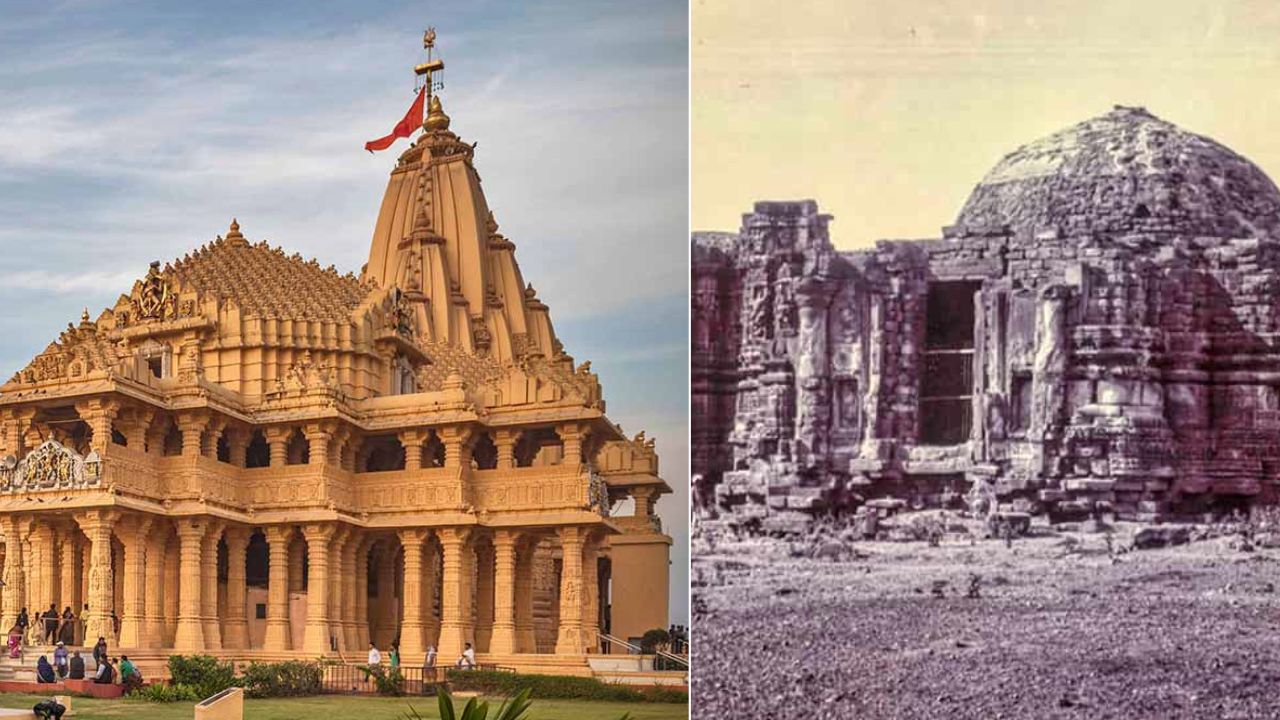
Attacks on the Somnath Temple
Situated on the western coast of Gujarat in Saurashtra near the Veraval port, this temple has witnessed numerous ups and downs in history. Muslims and the Portuguese attacked and destroyed the temple multiple times, and Hindu rulers also rebuilt it repeatedly.
The Somnath Temple is believed to have existed even before the Common Era, with some scholars suggesting a second construction around the 7th century by some friendly emperors of Vallabhi. Subsequently, around 725 CE, the Arab Governor of Sindh, Al-Junayd, attacked and destroyed the magnificent Somnath Temple. Its third construction was undertaken by the Gurjara-Pratihara king Nagabhata around 815 CE, using red stones. However, there is no concrete evidence of an attack by Al-Junayd.
Later, in 1024 CE, Mahmud of Ghazni attacked the magnificent Somnath Temple. An Arab traveler who visited India described the grandeur and richness of the temple in his travelogue, which likely motivated Mahmud of Ghazni to attack the temple with an army of around 5,000 soldiers, intent on plundering it. In this attack, Mahmud of Ghazni not only looted crores of wealth from the temple, damaged the Shiva Lingam, and destroyed idols but also took the lives of thousands of innocent people. Mahmud of Ghazni's attack on the Somnath Temple is well-known in history. After the attack, the fourth reconstruction was undertaken by Raja Bhoja of Malwa and Emperor Bhimdev.
Later, in 1093 CE, King Siddha Raja Jayasimha also contributed to the temple's prestige and construction. In 1168 CE, Vijayeshwari Kumarapala and the Saurashtra emperor Khengar emphasized the beautification of the temple. However, in 1297 CE, Sultan Muzaffar Shah of Gujarat looted the sacred site, and later in 1413 CE, his son, Ahmad Shah, forcibly destroyed the temple. The Mughal emperor Aurangzeb attacked the temple twice during his reign. The first attack was in 1665 CE, and the second in 1706 CE. In the latter attack, Aurangzeb not only destroyed the temple but also looted it and killed numerous people. The attack by Aurangzeb on the Somnath Temple is a notable event in history. Following Aurangzeb's attack, a fourth rebuilding by Raja Bhoja of Malwa and Emperor Bhimdev took place.
